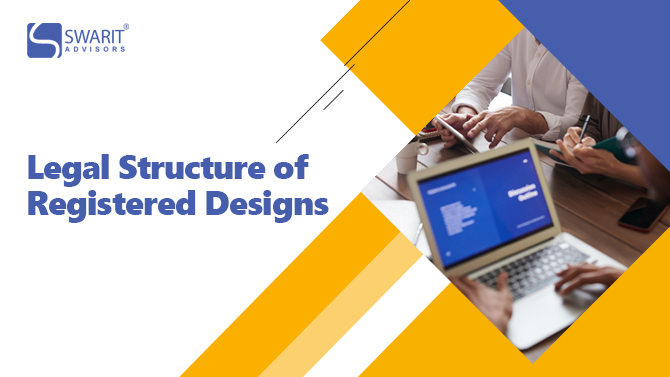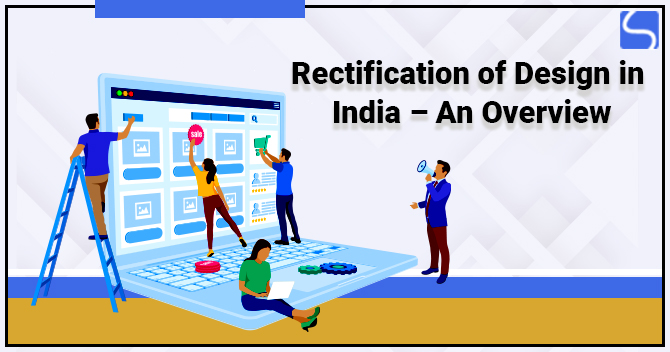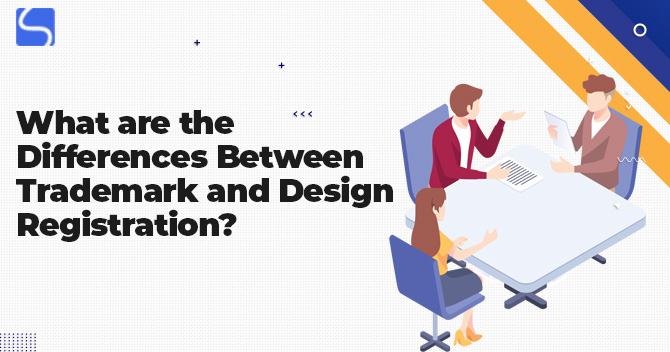Legal Structure of Registered Designs in India

Karan Singh | Updated: Jun 21, 2021 | Category: Design
The Designs Act, 1911 was replaced and restored by the Designs Act 2000, which sets down a new legal framework for safeguarding designs, which has been enforced since 2001. This Act provides standards for the protection of registered designs as examined in the World Trade Organization Agreement on TRIPS. It also obeys international trends in designs administration.
The alteration in 2014 to the Designs Rules brings in a small entity as a new category of candidates in addition to natural individuals. India is the party to different international treaties that safeguard international designs, comprising the Paris Convention and TRIPS[1]. In 2019, India accepted the Locarno Agreement, which helped the Indian Design Office match with the classification systems in line with those internationally.
Table of Contents
Registered Designs – An Overview
Registered designs have been definite statutorily comprise: aspects of the pattern, shape, or ornament configuration or composition of lines, colour, or a combination thereof applied to any article whether 2-D or 3-D or in both terms. It may be concluded by any industrial process, whether mechanical, manual, or chemical, combined or different. The finished article appeals to or is deemed by the eyes.
This definition is comprehensive, and the feature should fulfil all legal necessities to constitute a design under the Act. The necessity is the feature’s ability to demand to the eye. It implies that the aspect should be visible in the article and have artistic merit or visual appeal. The Act delivers an exception that is a six-month grace period in the case of the design’s revelation before filing an application.
The grace period is available if:
- The design is disclosed, published/used in an exhibition informed by the government;
- The design application for registration is filed within 6 months of the 1st exhibition of the design;
- The exhibitor showing the article or design provides prior notice to the controller of designs.
Unregistered Designs
It is essential to have Design Registration as an unregistered design is not enforceable under the Design Law. Therefore, the design should be registered under the Act to enjoy protection. But, it is even possible to safeguard a design under other legislation.
What is the Procedure of Registered Designs?
- All stakeholders or candidates can apply for Design Registration online via the official website of the Controller General of Designs, Patents, and Trademarks.
- The online filing facility comprises a comprehensive payment gateway that accepts electronic banking and credit & debit cards.
- The Design Application Search Utility enables candidates to search for published design applications via several search inputs such as applicant’s name, application number country, date of filing, state and publication date & article name.
- To apply for Design Registration, the candidate should complete Form 1, which comprises its full name, article name, nationality, class number, address, and address for service in India. The candidate or its certified agent may sign the design application.
Registered Designs Cancellation
- There is no specific provision to oppose the Design Registration under the Indian Law. But, there is a procedure for cancellation under which any interested individual can file a petition for the cancellation of registered designs anytime after the registration of design with a controller on any of the following grounds:
- If the design is not unique or new;
- If the design is already registered in the past in India;
- If the design not registered under the Act;
- If the design is not a design mentioned under Section 2 (d) of the Act;
- If the design has been published publicly in India or any other nation before the registration date.
- On the petition receipt for cancellation, the Design Office sends a copy of a petition and the evidence filed to the registered proprietor.
- Then, a registered owner files a counter-statement and evidence at the design Office and delivers a copy to the person who files the petition.
- After the counter-statement receipt & evidence, the petitioner may file its reply statement & affidavit evidence. After hearing the parties, a hearing is fixed, & the controller rules on the petition & issues an order.
Ownership Rights Transfers and Changes According to the Indian Design Law, the right in a registered design can be transferred via an agreement, transmission, licensing, and assignment. Design Registration of the title based upon assignment should be filed with the Design Office within 6 months of implementation of the assignment instrument. Moreover, an extension of six months can be sought.
There is no other method to extend the time one year after the effective instrument. The Law also delivers for the recorded license, which should be done within six months of the issue; only a registered assignment or registered license concerning registered design is admissible as evidence before the courts or in other proceedings. Hence, such an instrument should be registered with the Office of Design.
Conclusion
The procedural formalities are easy, cost-effective, and time-saving. But the applicants should follow the procedural necessities cautiously. Most India design applications were refused in procedural issues, while very few refusals are due to a lack of completion of substantive criteria. Hence, it is crucial to ensure that both the applications and the representation sheet obey the guidelines so that the design applications are processed quickly and effectively.
Read our article:A Complete Guide on the Cancellation of Design Registration














